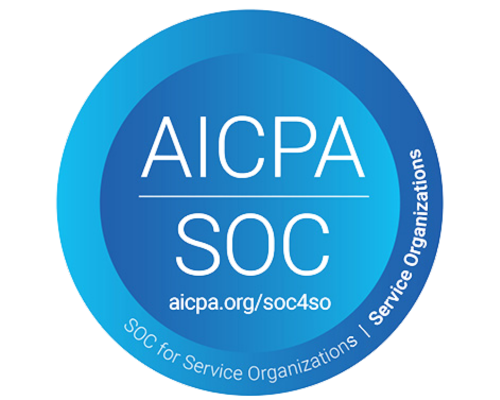Winning an Unemployment Hearing: Avoid These 4 Common Employer Mistakes
Employer Missteps That Can Cost You an Unemployment Hearing
The unemployment compensation program offers employees who lose their jobs through no fault of their own the opportunity to claim UI benefits for a limited period. This program helps them cope with financial difficulties while they search for another job. Employers need to protest and contest claims filed by employees who were separated for reasons within their control to ensure their unemployment tax rate remains as low as possible. An unemployment hearing can be a challenging experience for employers, involving a former employee who may fabricate stories and an unemployment hearing officer who may seem biased towards the claimant.
Unemployment is a pressing issue that requires employers to avoid making common mistakes that can result in an unfavorable decision from an unemployment hearing, even in cases that appear to be open and shut. Here are four common employers employers make that can lead to an unfavorable outcome in an unemployment hearing.
Providing Weak Testimony
This is the most common error that employers make. It is crucial to have witnesses with firsthand knowledge of the events that led to the employee’s separation. Sometimes, employers may send a human resources representative to the hearing because they discharged the employee or conducted an investigation into the matter. However, unless they witnessed the incident or the employee admitted their guilt to them, their testimony will be considered hearsay. In such cases, the employee's testimony will carry more weight in the hearing officer’s decision.
For instance, let’s say your employee worked as a security guard on the night shift in a hospital. One night, his supervisor found him sleeping on duty, which is against company policy. Charlie was fired, and he filed a claim for unemployment benefits. The employer protested with a detailed account of the incident, including a written statement from the site supervisor. The employee denies sleeping on the job during the hearing and is usually found eligible for benefits as the site supervisor is not present to provide firsthand testimony.
Omitting Relevant Details
Employers sometimes answer only the questions asked without providing much detail during the hearing. However, providing specific details about what happened is critical to winning the case. Unemployment hearing officers prefer specifics and firsthand testimony. Therefore, employers should provide important details to fully describe what occurred, including the time, place, and nature of the incident.
Disorganized Testimony
Employers must present their testimony in a coherent and organized manner. The hearing officer may not have reviewed the information in the state’s file and may be starting with a de novo hearing. The employer must provide specific dates of incidents and warnings for the hearing officer to make an informed decision.
Failing to Prepare Adequately
Employers who do not prepare adequately for an unemployment hearing are setting themselves up for failure. Employers should gather all relevant evidence and documents, prepare their witnesses and ensure they have firsthand knowledge of the events, and rehearse their testimony. Adequate preparation can help the employer present a clear and coherent case that is likely to result in a favorable outcome.
In conclusion, the unemployment insurance program is essential for employees who lose their jobs through no fault of their own. However, employers must be proactive in contesting claims filed by employees who were separated for reasons within their control. By avoiding common mistakes, such as weak testimony, omission of relevant details, disorganized testimony, and inadequate preparation, employers can increase their chances of winning an unemployment hearing. Working with a third party administrator like Unemployment Tracker can help you throughout the entire hearing process for a favorable outcome. Unemployment Tracker has helped clients win 92.6% of all claims hearings and 98.7% of protests.
Have Questions or Need More Information?
We will get back to you as soon as possible.
Please try again later.

HRlogics




